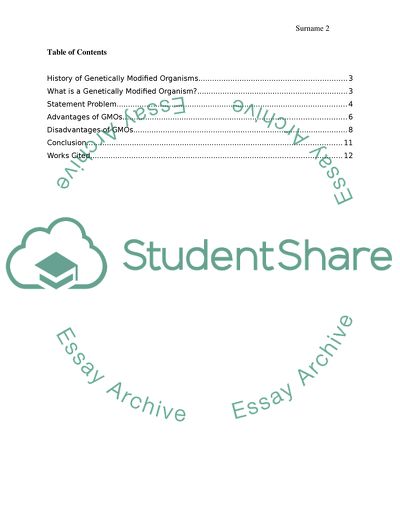Cite this document
(Genetically Modified Organisms Essay Example | Topics and Well Written Essays - 2750 words, n.d.)
Genetically Modified Organisms Essay Example | Topics and Well Written Essays - 2750 words. https://studentshare.org/biology/1818297-genetically-modified-organisms
Genetically Modified Organisms Essay Example | Topics and Well Written Essays - 2750 words. https://studentshare.org/biology/1818297-genetically-modified-organisms
(Genetically Modified Organisms Essay Example | Topics and Well Written Essays - 2750 Words)
Genetically Modified Organisms Essay Example | Topics and Well Written Essays - 2750 Words. https://studentshare.org/biology/1818297-genetically-modified-organisms.
Genetically Modified Organisms Essay Example | Topics and Well Written Essays - 2750 Words. https://studentshare.org/biology/1818297-genetically-modified-organisms.
“Genetically Modified Organisms Essay Example | Topics and Well Written Essays - 2750 Words”. https://studentshare.org/biology/1818297-genetically-modified-organisms.


